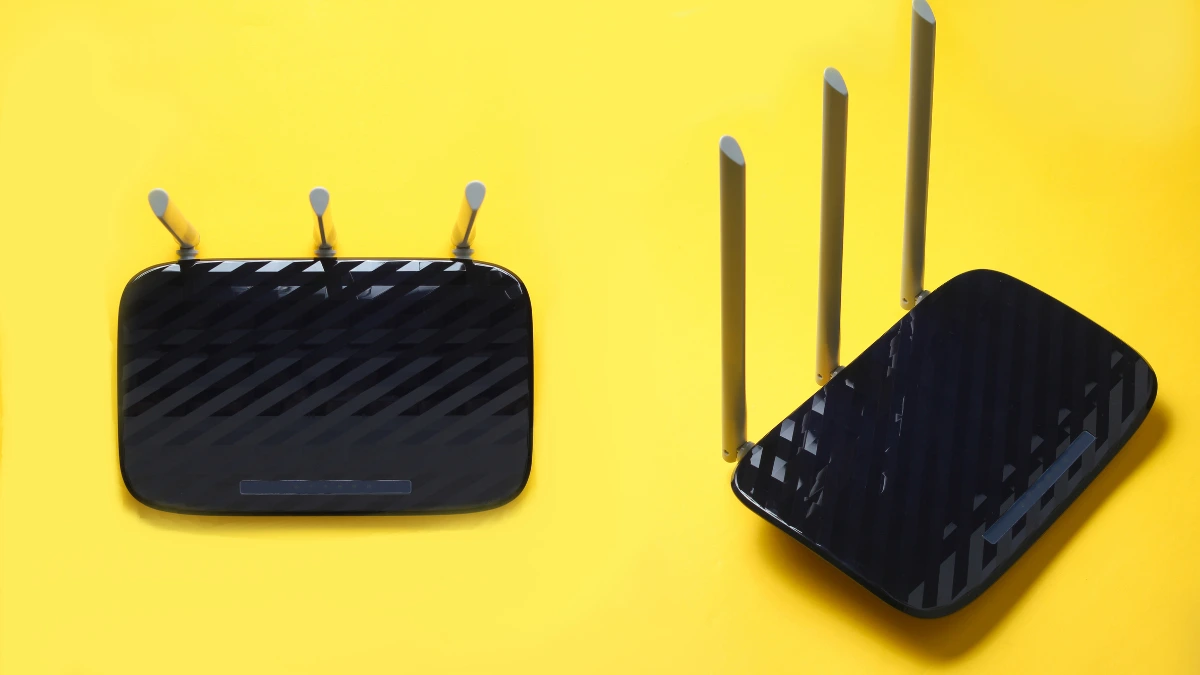A narrowband radio modem is a type of radio modem device based on form and characteristics, depending on the needs and conditions of the location.
The advantages of a narrowband radio modem include long range, spectrum efficiency, and lower power consumption. However, the disadvantages include being susceptible to interference, data limitations, and slow transmission speed.
This article will give you information about a narrowband radio modem, including how it works, its advantages, its disadvantages, and an example of an application.
What is a Narrowband Radio Modem?

Narrowband radio modems are energy-efficient and durable, requiring little electricity but still able to operate continuously.
These modems operate on UHF or VHF frequencies, using a frequency band of around 12.5 kHz with a small bandwidth, making them suitable only for sending small amounts of data, such as numbers from water flow or temperature sensors. Therefore, do not expect to send video or large data using this type.
Although it is only suitable for sending small amounts of data, the narrowband modem has a long range and stable signal, especially when used in open areas.
The Advantages of Narrowband Radio Modem
The narrowband radio modem has several advantages, including long range, spectrum efficiency, and lower power consumption. Here are some of its main advantages in detail:
1. Long range
One of the advantages of narrow radio modems is their long range. These devices have a more focused signal, giving them a longer range. Even in areas with many buildings or difficult terrain, these modems will continue to function very well.
2. Spectrum efficiency

Spectrum efficiency is another advantage of radio modems. Within the same frequency range, multiple channels can be combined. This makes it suitable for use in areas with many users.
3. Low power consumption
Narrowband radio modems are only used to send small amounts of data, so they consume very little power. This means you can use them for a long time because their batteries are more efficient.
The Disadvantages of Narrowband Radio Modem
The narrowband radio modem has several disadvantages, including being susceptible to interference, data limitations, and slow transmission speed. Here are some of its main advantages in detail:
1. Susceptible to interference
One of the drawbacks of this type of radio modem is that it is susceptible to interference. When other devices use the same frequency, the modem can be interfered with and disrupted by those devices.
2. Data limitations

As mentioned, narrowband radio modems are designed to send small amounts of data. Therefore, this device is not suitable for sending large multimedia data such as video or audio.
3. Slow transmission speed
Slow transmission speed is another characteristic of this type of radio modem. This is one of the reasons why this modem is not intended for transmitting large amounts of data, as the device only has a slow data transfer speed.
The Application of the Narrowband Radio Modem
Narrowband radio modems are widely used in the Internet of Things (IoT), each with its specific application. Here are some examples:
- Smart home: Used for home security and control of household appliances.
- Smart metering: Used in water, gas, and electricity meters.
- Smart city: Used for smart street lighting, smart parking, and smart waste management.
- Smart agriculture: Used in crop, livestock, and water supply monitoring.
- Industrial applications: Used in machine monitoring and asset management.
Conclusion
Those are the definitions, how it works, advantages, disadvantages, and the example application of the narrowband radio modem that you need to know.
This detector has some advantages, including long range, spectrum efficiency, and lower power consumption.
The factors that become considerations are that gas detection has some disadvantages, including being susceptible to interference, data limitations, and slow transmission speed.
Essentially, this type of radio modem has a long range but is susceptible to interference.